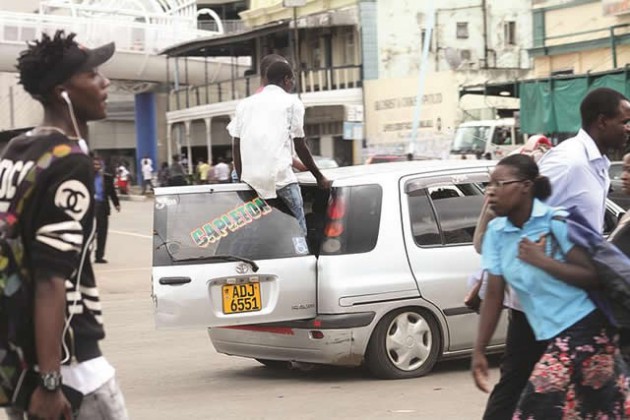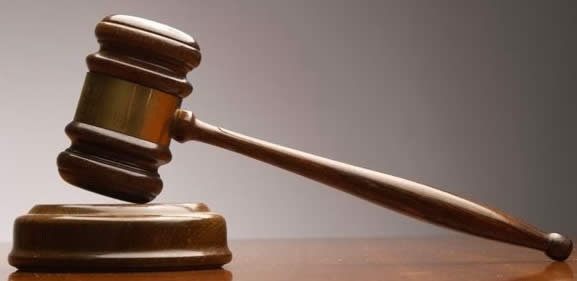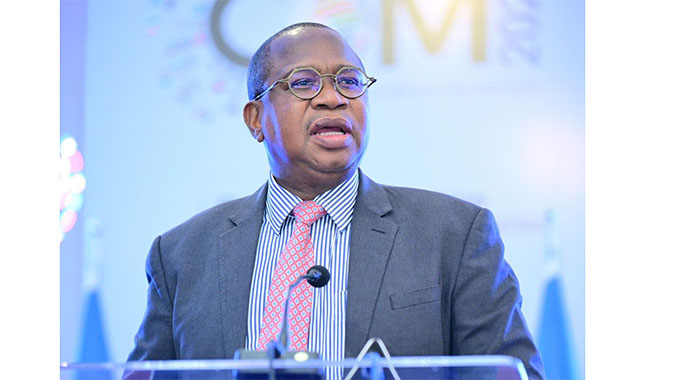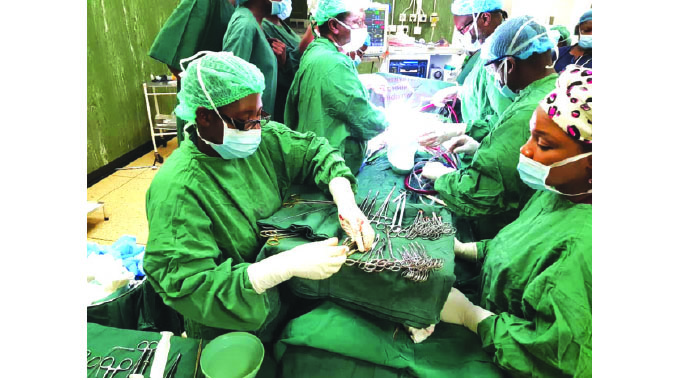Menace of Harare’s traffic jungle

Sydney Kawadza : Senior Features Writer
An abnormally packed Toyota Raum sends pedestrians scurrying in all directions as it meanders through traffic along Harare’s Jason Moyo Avenue. That is a typical day in Harare’s traffic jungle. It does not end there as the rains that are intermittently pounding the city bring the traffic to a virtual halt. From speeding pirate taxis to vehicles hooting loudly amid curses and insults, Harare traffic seems as the worst in the world.“It’s as if we live in a sea of confusion. The pirate taxis have taken over the roads from the rowdy commuter omnibus crews,” complains Chaitwa Mazikano.
“And the congestion during peak hours and when it rains makes everything look like our cars are being fuelled by rainy water. How do you explain the chaos?” he says.
The challenges associated with Harare’s traffic chaos have been overstated.
The questions raised include the whereabouts of traffic authorities?
What are the lime-green adorned police officers doing on the streets?
Where is the municipal police as chaos reigns supreme on the roads?
Motorists interviewed blamed the chaos on the City of Harare, which is not doing enough to curb congestion as compared to other countries like Japan where the vehicular population is three times more.
“There is a mismatch between Harare’s road network and infrastructure with the rising vehicular population. Economically, demand has outstripped supply,” a motorist said.
Some also blamed the behaviour of some drivers on Harare’s roads.
“They have contributed so much to the traffic congestion in the CBD. The operators ignore or disobey traffic signs and rules and in the process cause commotion in the CBD.
“Traffic lights at major intersections are not working probably due to power cuts or other technical problems,” Dominic Mbiriri said.
Zimbabwe Institute of Regional and Urban Planning president Percy Toriro noted the challenges faced by motorists in Harare when it rains.
“This can be attributable to a few factors some of which are always there, but are worsened when road conditions deteriorate,” Mr Toriro said.
“Firstly, whenever it rains, traffic slows down as visibility reduces and the roads become slippery. This has the effect of reducing the flow of traffic, leading to bottlenecks,” he said.
“Secondly, the poor drainage condition means that some sections of the roads become flooded and impassable. This reduces the number of lanes available, thereby causing congestion.”
These technical factors, Mr Toriro said, are also aggravated by bad driving habits such as stopping along traffic lanes by private motorists as well as public passenger vehicles.
“Any misbehaviour on the road translates to traffic congestion in the CBD. When it is raining, other drivers increase caution and the bottlenecks increase,” he said.
Mr Toriro said these factors also contribute to the increase in the hazard factor and actual accidents.
“When an accident occurs while it is raining, the reaction of police and recovery efforts is slower. This then adds to the congestion as many drivers tend to slow down and even stop to watch an accident scene.”
He added: “Socially, many people find no reason to hang around in town when it rains. Everyone is in a hurry to go home.
“This also then increases the congestion as people that would delay leaving town, also feel pressured to leave immediately after they finish their business.”
Mr Toriro urged the public to exercise not just increased caution under the circumstances, but also a lot of patience.
“Our roads are no longer perfect, so drivers must be both cautious and patient. Authorities must also develop resilient and quick reaction mechanisms to deal with crises associated with rains and traffic movement,” he said.
Traffic Safety Council of Zimbabwe managing director Mr Obio Chinyere said motorists are to blame for the problems faced in Harare and most of Zimbabwe’s roads.
“People believe that the volume of traffic in Harare has increased, but it is the irresponsibility of most drivers that is causing these problems.”
He added: “How can a person get into a junction when he or she knows that they cannot cross? Obviously, he or she will block others leading to congestion.
“People in Zimbabwe are very impatient, but there is also need for synchronisation of traffic lights so that when one inter-section is open, all the others can let vehicles go through a bigger section of the road.
“There are also motorists who park anywhere thereby blocking traffic flow and these are causing challenges,” he said.
Mr Chinyere also noted that some drivers move at slow speeds while using inner lanes of double carriageways.
“For example, on the Harare-Chitungwiza Highway, one would be occupying the inner lane, going at 60 km/hour on a 100 km/hour stretch,” Mr Chinyere said.
“Why should that driver use the inner lane instead of the outer lane and let faster cars pass or use the right lane? This also causes congestion,” he said.
Mr Chinyere also castigated drivers who accelerate when fellow motorists are overtaking.
“All these factors contribute to the challenges that we are experiencing,” he said. He acknowledged the increase in the vehicular population in Harare, calling on drivers to exercise extreme caution on the roads.
Harare City acting communications manager Mr Michael Chideme said the council was tackling the challenges head on as they work on realising their vision to make Harare a world class city by 2025.
“We are working on introducing a massive bus transit system and a phased removal of small kombis.
“We are also policing the roads daily to ensure trafficability of our roads,” he said
A Harare-based urban development expert called on authorities, especially in Harare to invest heavily in the curbing of traffic congestion.
“Most importantly, the council must come up with a defined transport policy document which must act as a guide or implementation software in solving traffic problems in the city.
“This transport policy blueprint must stem out of the National Transport Policy, which the country is also lacking at the moment. However, the nebulous question is, how can you control something when you don’t have a guiding parameter?”
He said council should also invest in the opening of more bypass roads, ring roads, flyovers, increase in traffic police patrols (both ZRP and Municipal), and revision of one-way roads, which proved to be a challenge too.
“The council needs also to embrace technology through the adoption of Intelligent Transport Systems.
“This is one system that has successfully been implemented in Japan,” he said. “A city of the magnitude of Harare should strive to embrace technology if they are really serious about being a world class city by 2025.”
In addition, he said, there was need for the council to install more solar traffic lights to counter the problem of frequent power cuts especially in the CBD.
Feedback: [email protected]








Comments